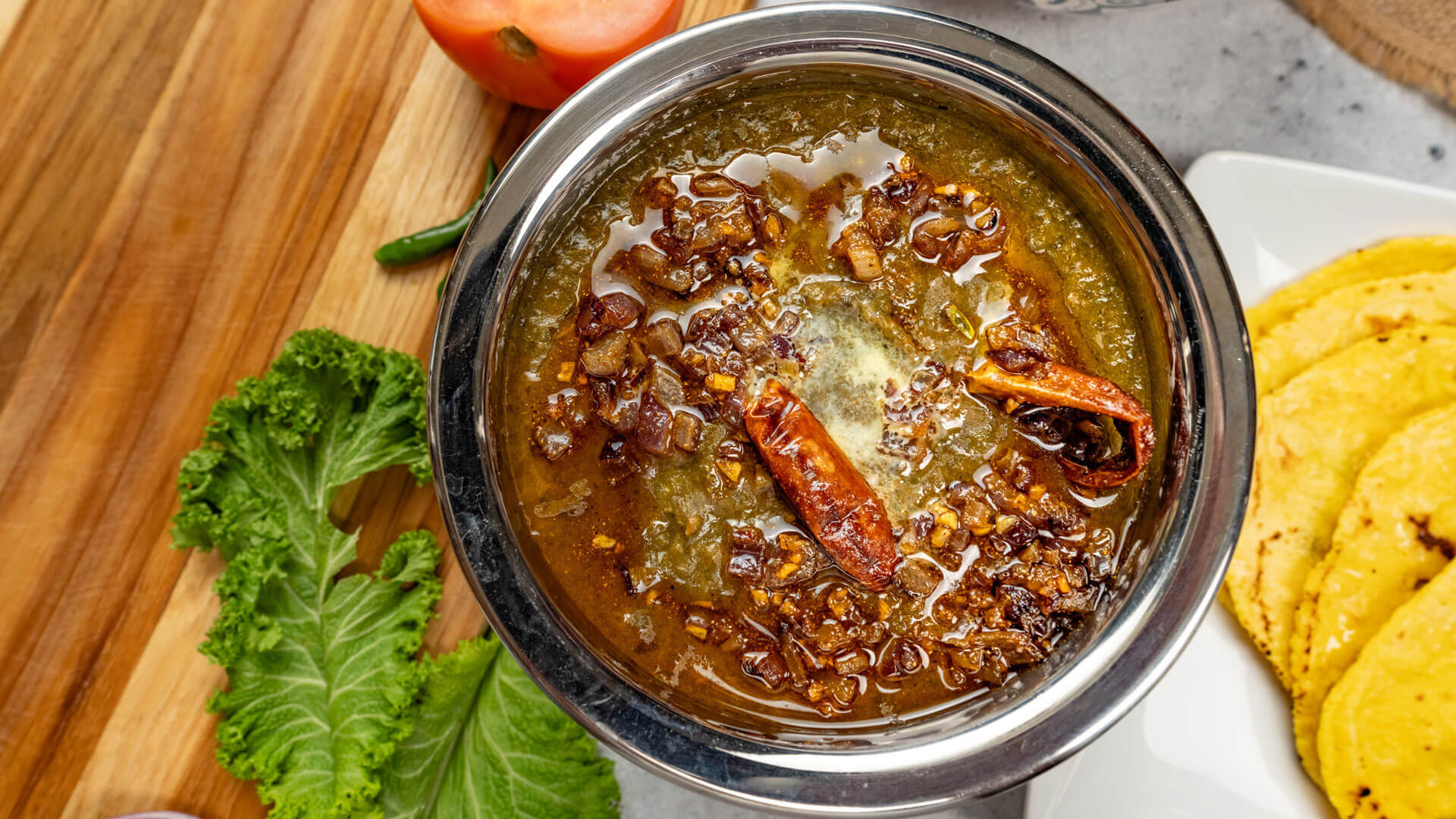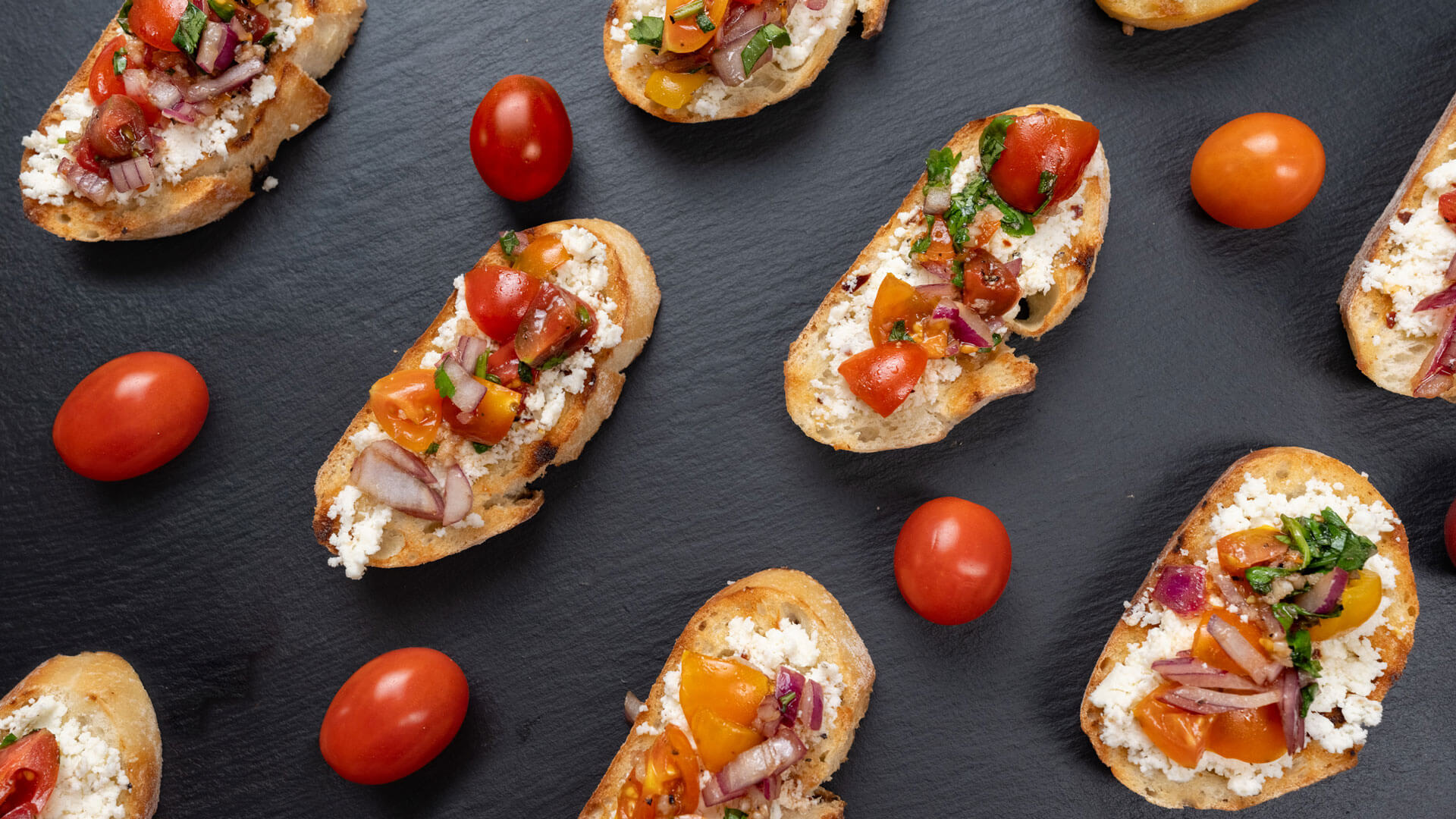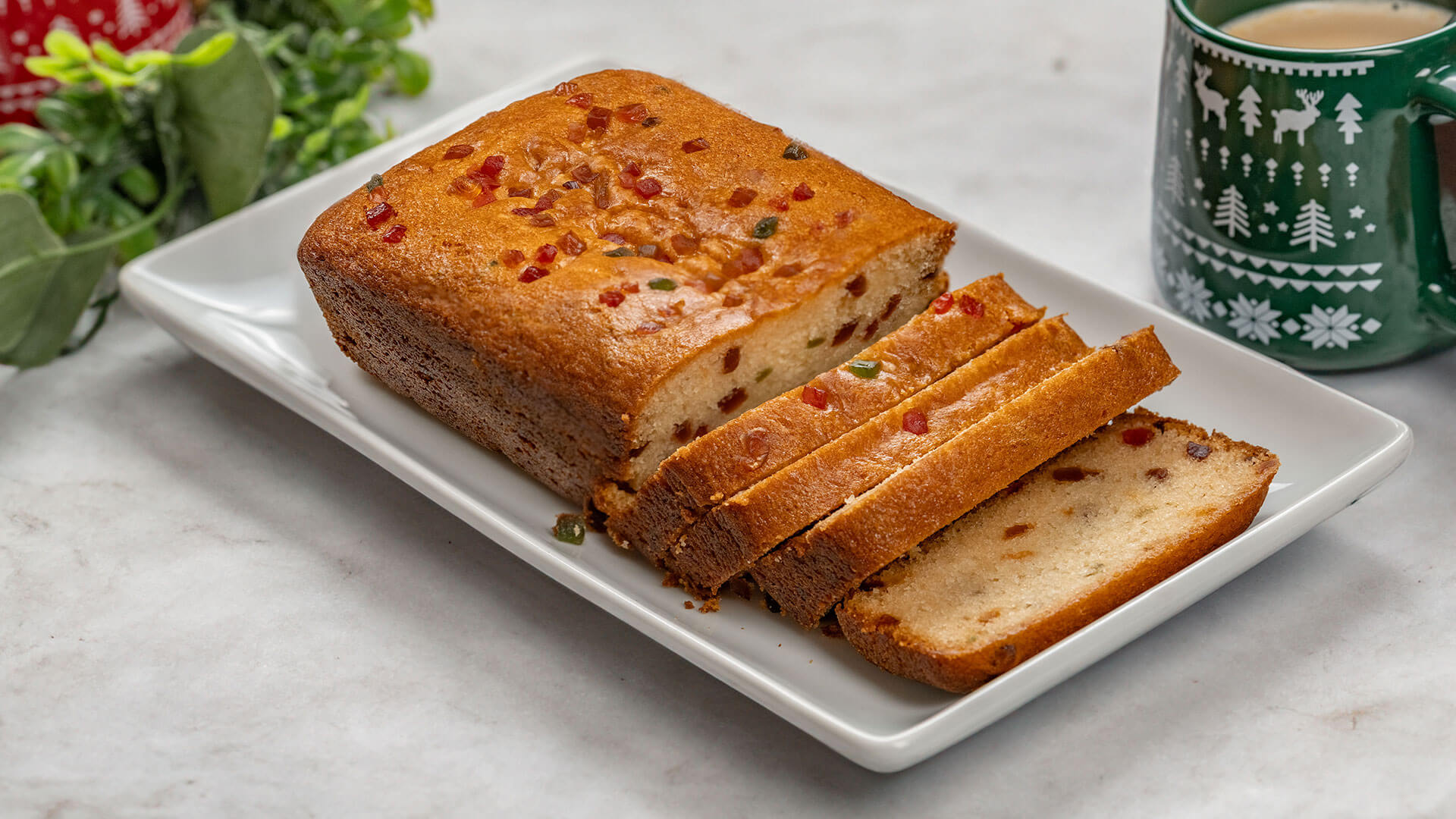Thukpa Recipe – Cozy Hakka Noodle Soup with Fresh Vegetables



Ingredients
- Hakka Noodles - 1 LB
- Tomato - 1/2 Cup
- Onions - 1 Cup
- Garlic - 4-5 Cloves
- Ginger - 1/2 Inch
- Green Chilies - 1-2 Qty
- Chili Flakes - 1 Tbsp
- Coriander - 2 Tbsp
- Olive Oil - 2 to 3 Tbsp
- Carrot - 1/2 Cup (julienne)
- Bell Pepper - 1/2 Cup (julienne)
- Cabbage - 1 Cup (julienne)
- Vegetable Stock - 3 Cups
- Pepper - 1 Tsp
- Salt - To Taste
- Green Onions - Chopped (garnish)
- Fresh Coriander - Chopped (garnish)
Thukpa, a flavorful Hakka Noodle Soup, is a comforting bowl of warmth that originates from the Himalayan regions, particularly popular in Nepal, Tibet, and parts of Northeast India. This delicious noodle soup is known for its vibrant mix of vegetables, aromatic spices, and a rich, flavorful broth that soothes the soul. Perfect for chilly days or when you're craving something cozy, Thukpa is a delightful balance of spice, tang, and warmth that satisfies your taste buds and leaves you feeling nourished.
Watch our recipe video for step by step instructions on how to make Thukpa. We’ve included demonstrations and pro tips to help you out in the kitchen! For our Thukpa calories and nutrition information, see the recipe card below.
Instructions
How to Make Thukpa (Hakka Noodle Soup):
1) Begin by bringing a large pot of water to a boil. Add 1 lb of dried Hakka noodles and cook them until they are about 75% done, which should take around 4-5 minutes. Stir occasionally to prevent sticking.
2) Once partially cooked, strain the noodles and set them aside. Save some of the pasta cooking water for later use.
3) In a blender or food processor, combine the following:
- 1/2 cup tomato
- 1 cup onion
- 4-5 cloves of garlic
- 1-2 green chilies
- 1/2 inch piece of ginger
- 2 tablespoons cilantro
- 1 tablespoon chili flakes
Blend these ingredients into a smooth paste without adding any water, then set the paste aside.
4) In a large wok or pan, heat 2-3 tablespoons of olive oil.
5) Once the oil is hot, add the prepared paste and cook it for 1-2 minutes until it thickens slightly and the raw aroma fades.
6) Add 1/2 cup of julienned carrots and 1/2 cup of julienned bell peppers to the pan. Sauté them together with the paste.
PRO TIP: If the mixture becomes too dry while sautéing, add a splash of the reserved pasta water to maintain moisture.
7) Cook the vegetables until they begin to soften, about 3-5 minutes.
8) Add 1 cup of julienned cabbage and continue to cook for another 3-5 minutes, until the cabbage also softens.
9) Pour in 3 cups of vegetable broth and stir everything together. Season with salt and pepper to taste.
10) Cover the pan and allow the mixture to come to a boil.
PRO TIP: If you prefer a slightly thicker soup, you can stir in a small amount of cornflour slurry at this stage.
11) To serve, place the cooked noodles into serving bowls.
PRO TIP: Rinse the noodles under cold water before serving to prevent them from sticking together.
12) Ladle the hot soup over the noodles and top with chopped green onions and fresh coriander for garnish.
Serve the Thukpa hot and enjoy the flavorful, comforting bowl of Hakka Noodle Soup!
Thukpa, a flavorful Hakka Noodle Soup, is a comforting bowl of warmth that originates from the Himalayan regions, particularly popular in Nepal, Tibet, and parts of Northeast India. This delicious noodle soup is known for its vibrant mix of vegetables, aromatic spices, and a rich, flavorful broth that soothes the soul. Perfect for chilly days or when you're craving something cozy, Thukpa is a delightful balance of spice, tang, and warmth that satisfies your taste buds and leaves you feeling nourished.
Watch our recipe video for step by step instructions on how to make Thukpa. We’ve included demonstrations and pro tips to help you out in the kitchen! For our Thukpa calories and nutrition information, see the recipe card below.
Leave a review
We value your feedback. Let us know how did you like the recipe.
Recent Recipes

Traditional Sarson Ka Saag - Lohri Special Punjabi Winter Dish - Easy Instant Pot Voiceover Recipe
Celebrate Lohri with a classic Sarson Ka Saag recipe made in the Instant Pot using mustard greens, mixed winter greens, garlic, ginger, and makki ka atta. This Punjabi winter saag develops deep flavor and is finished with ghee tempering. Best enjoyed with hot makki ki roti, this hearty North Indian dish is a seasonal favorite.


Sarson Ka Saag is a beloved Punjabi winter recipe traditionally enjoyed during Lohri, made with fresh mustard greens, mixed leafy greens, aromatics, and a touch of makki ka atta for body. Prepared easily in the Instant Pot or slow-cooked, this mustard greens saag develops deep, earthy flavors and is perfectly suited for colder months. Garlic, ginger, green chilies, and tomatoes balance the bitterness of sarson, creating a rich and comforting North Indian saag.
Watch our recipe video for step-by-step instructions on how to make Sarson Ka Saag at home. We’ve included demonstrations and pro tips to help you out in the kitchen! For our sarson ka saag recipe calories and nutrition information, see the recipe card below.

Indian Style Paneer Bruschetta Recipe - Easy Paneer Appetizer with Tomato Mint Chutney
Try this easy Paneer Bruschetta recipe made with a creamy paneer cheese spread and a fresh tomato, mint, and cilantro topping. Served on toasted baguette slices, this indian fusion appetizer is flavorful, simple to prepare, and perfect for parties, gatherings, or evening snacks.


This Indian Style Bruschetta is a vibrant fusion appetizer that brings together familiar desi flavors with a classic European favorite. Crispy toasted baguette slices are topped with a creamy paneer cheese spread and finished with a fresh, zesty mix of cherry tomatoes, onion, mint, and cilantro. Every bite is layered with texture and bold flavor, making it an ideal starter for parties, family gatherings, or an elevated evening snack.
Watch our recipe video for step-by-step instructions on how to make Indian Style Bruschetta at home. We’ve included helpful demonstrations and simple tips to get perfectly toasted bread and a smooth paneer spread every time. For ingredient measurements and preparation details, refer to the recipe card below.

Eggless Tutti Frutti Cake - Light, Fluffy & Tea-Time Favorite - Soft, Festive & Perfect for Christmas Baking
Bake a soft and festive Tutti Frutti Eggless Cake perfect for Christmas! Made with yogurt, vanilla, oil, and colorful tutti frutti, this easy loaf cake is moist, fluffy, and beginner-friendly. Follow our step-by-step recipe and enjoy a classic holiday treat with your family.


This Eggless Tutti Frutti Cake is a classic Indian bakery-style treat that instantly sparks nostalgia. Made with simple pantry ingredients like yogurt, flour, and oil, this eggless cake bakes up incredibly soft, moist, and full of colorful tutti frutti in every bite. Whether you're making it for Christmas, a holiday gathering, or just a cozy chai moment at home, this loaf cake brings warm, familiar flavors that everyone loves.
Watch our recipe video for step by step instructions on how to make tutti frutti cake. We’ve included demonstrations and pro tips to help you out in the kitchen! For our tutti frutti cake recipe calories and nutrition information, see the recipe card below.


